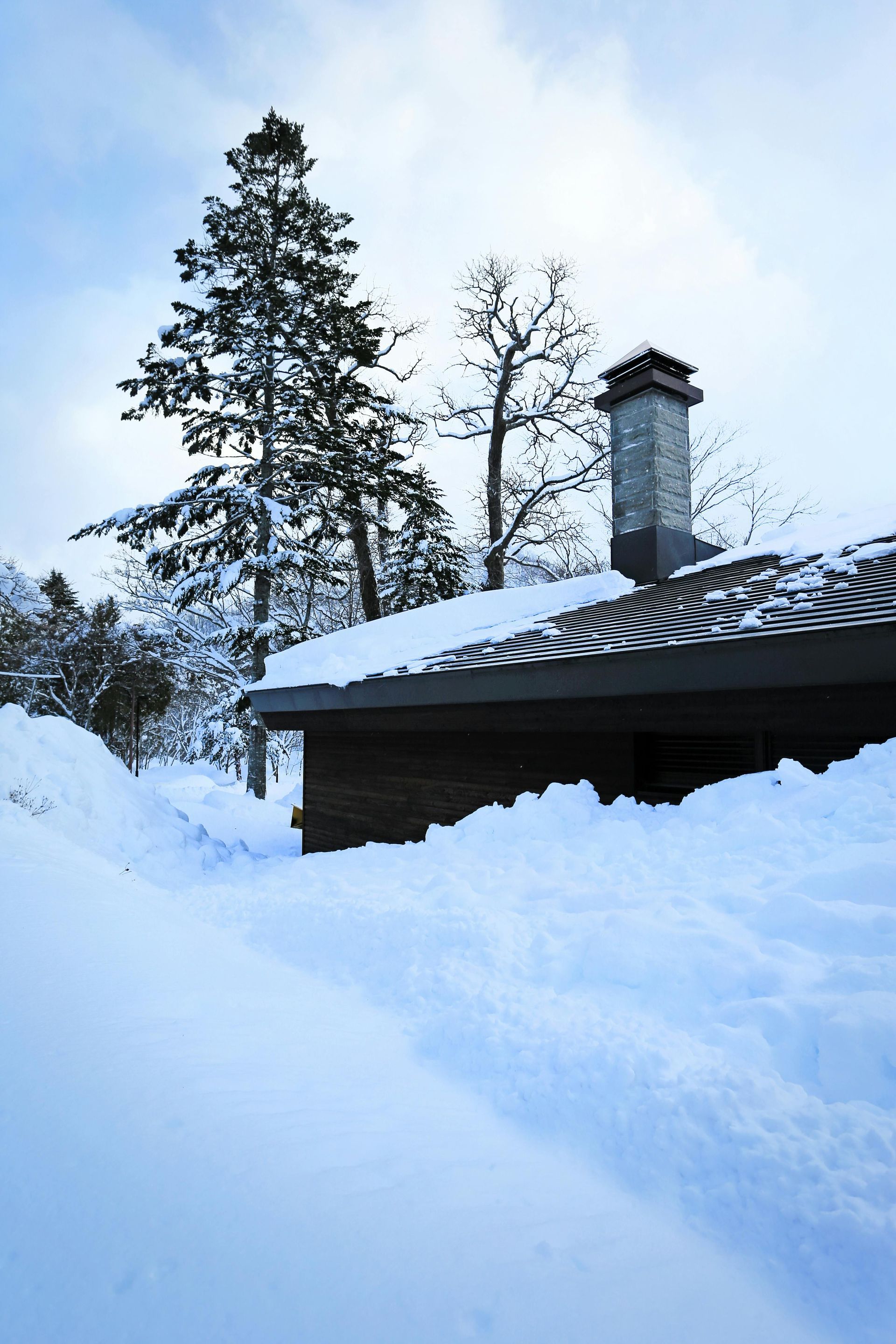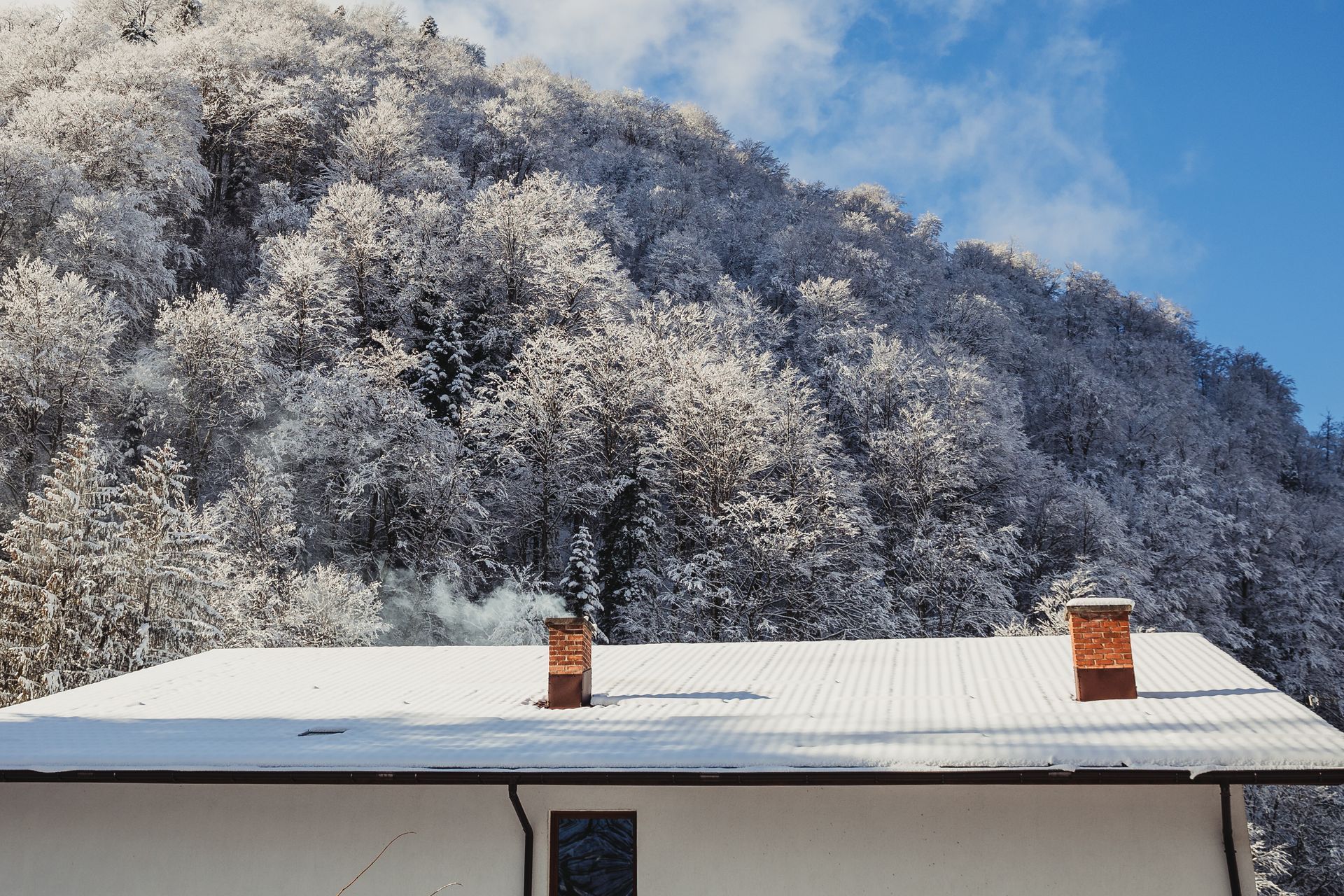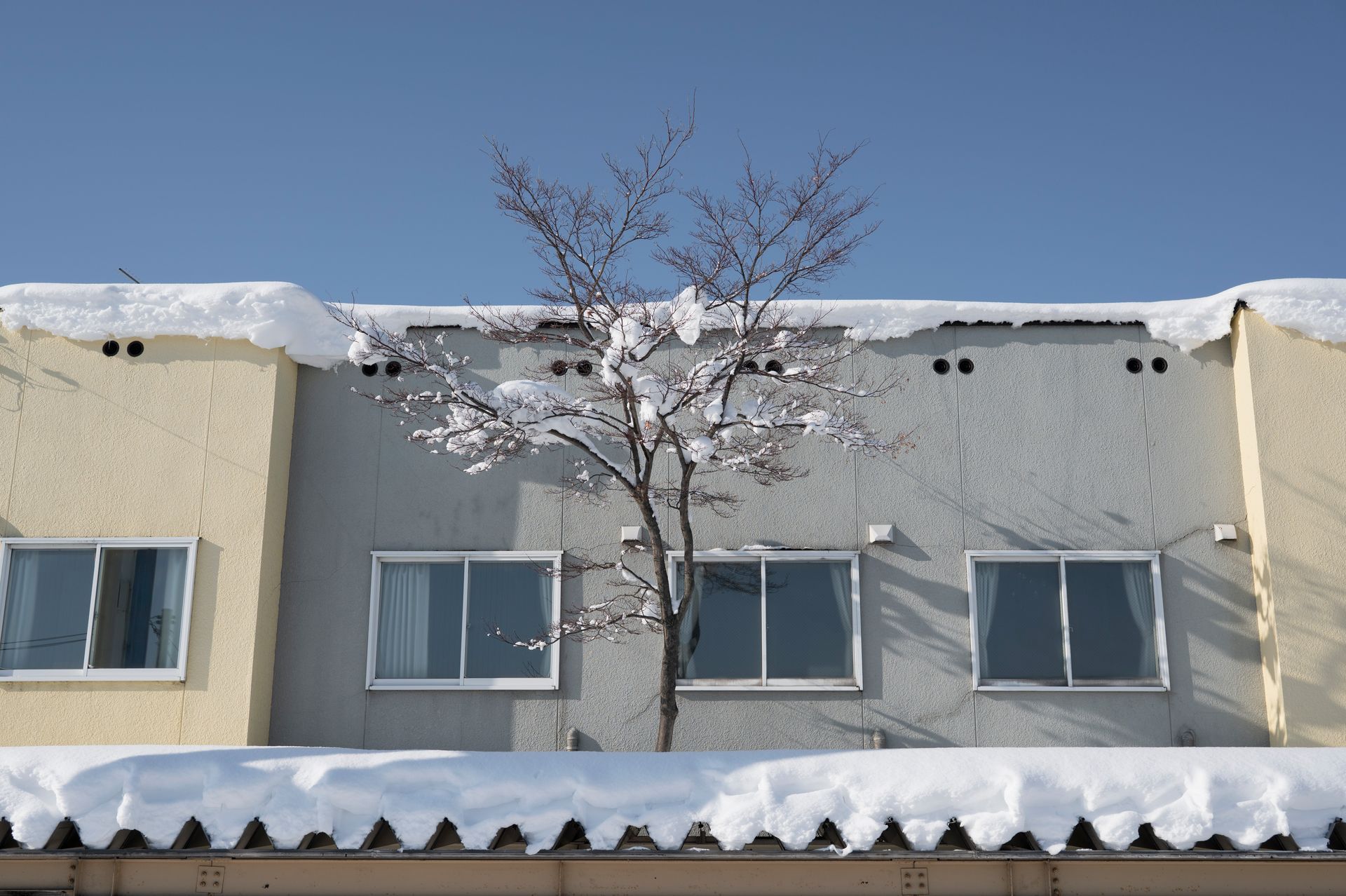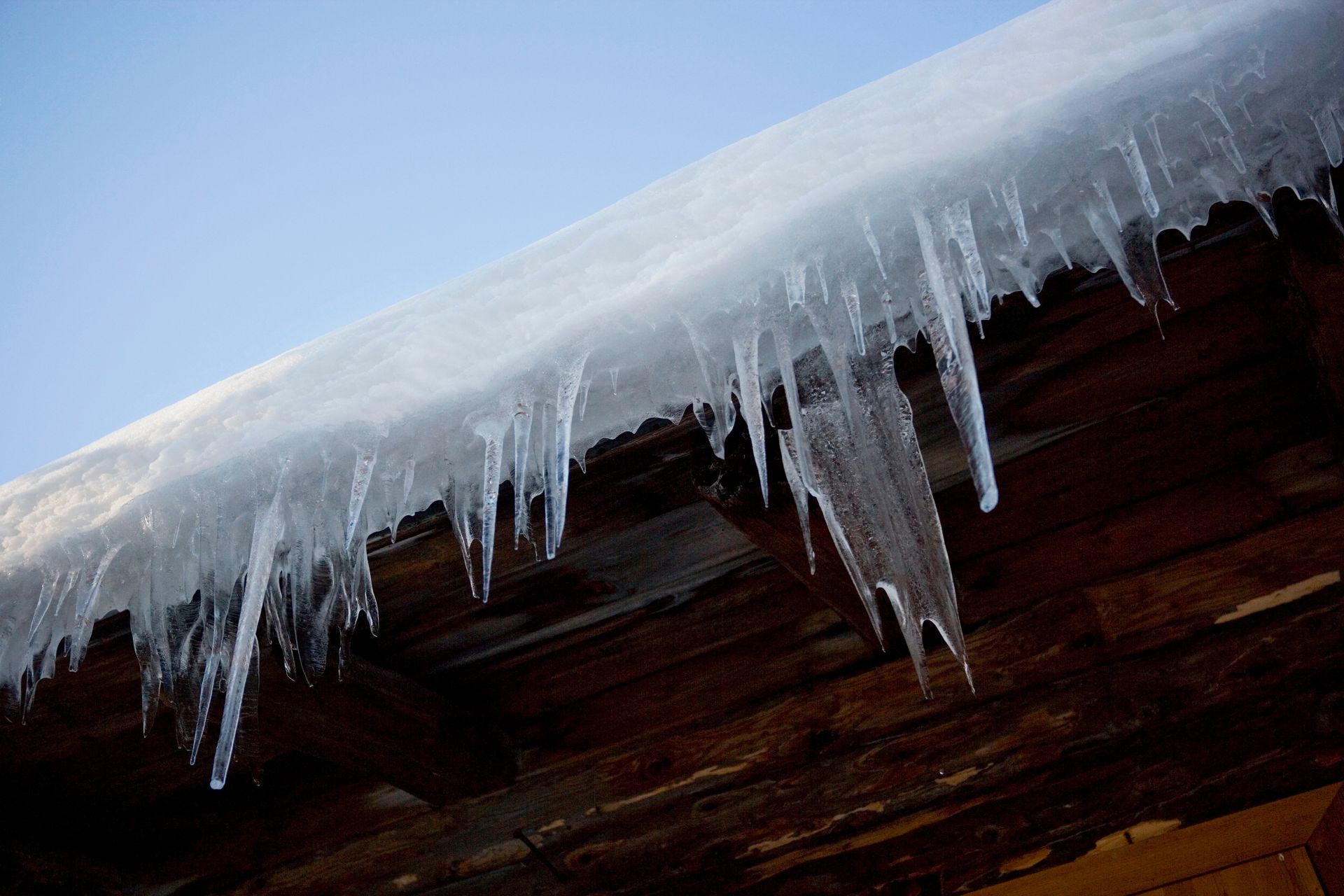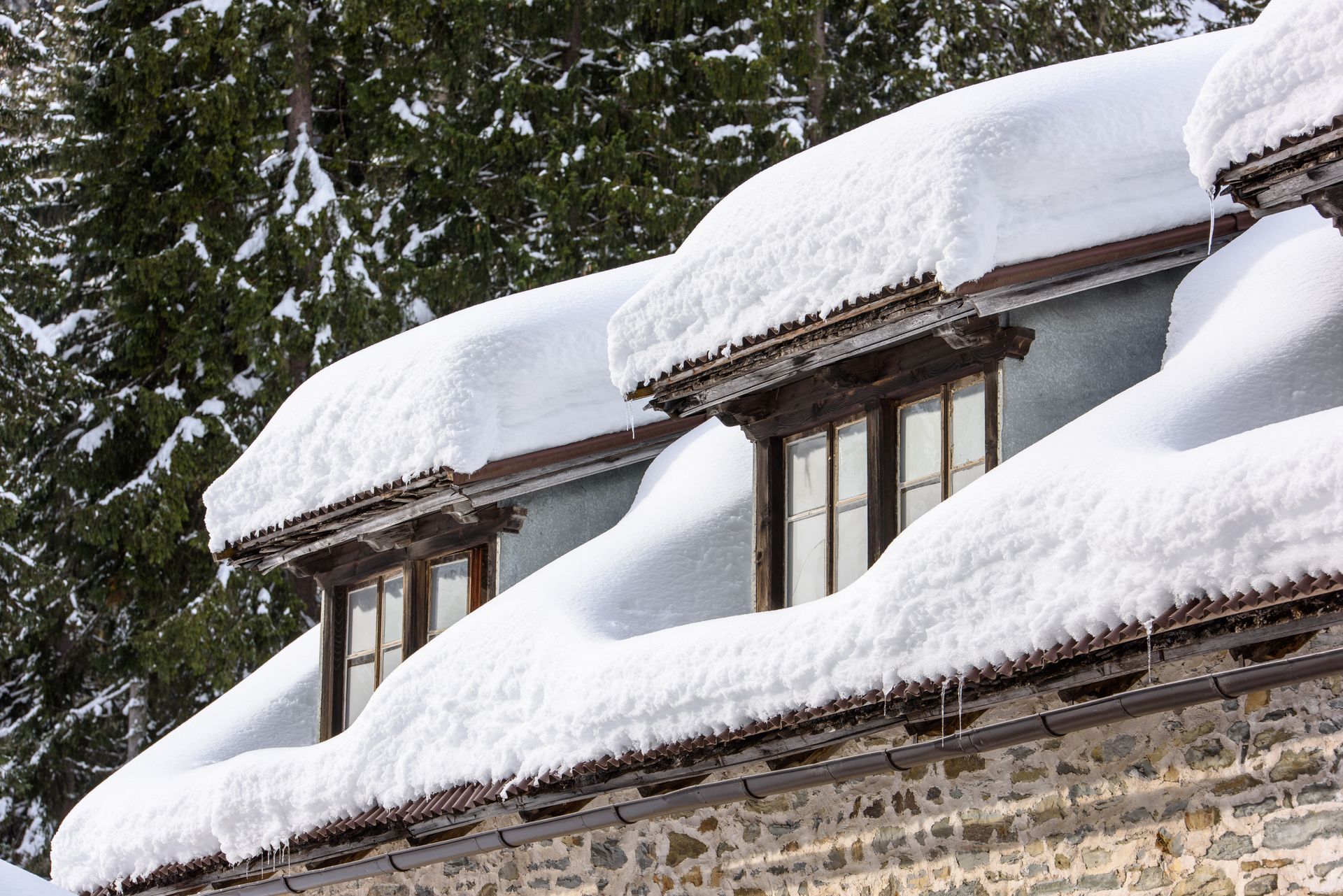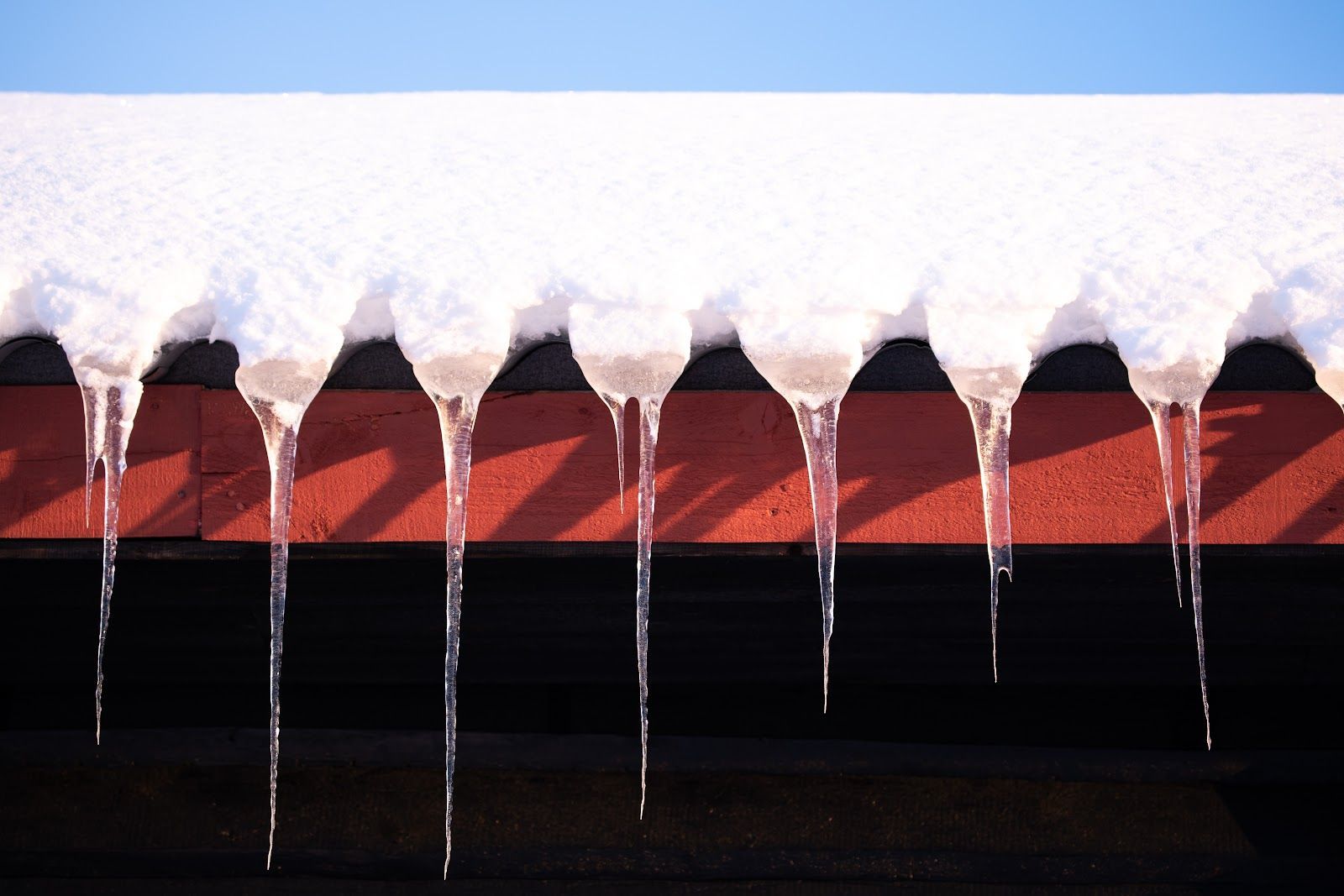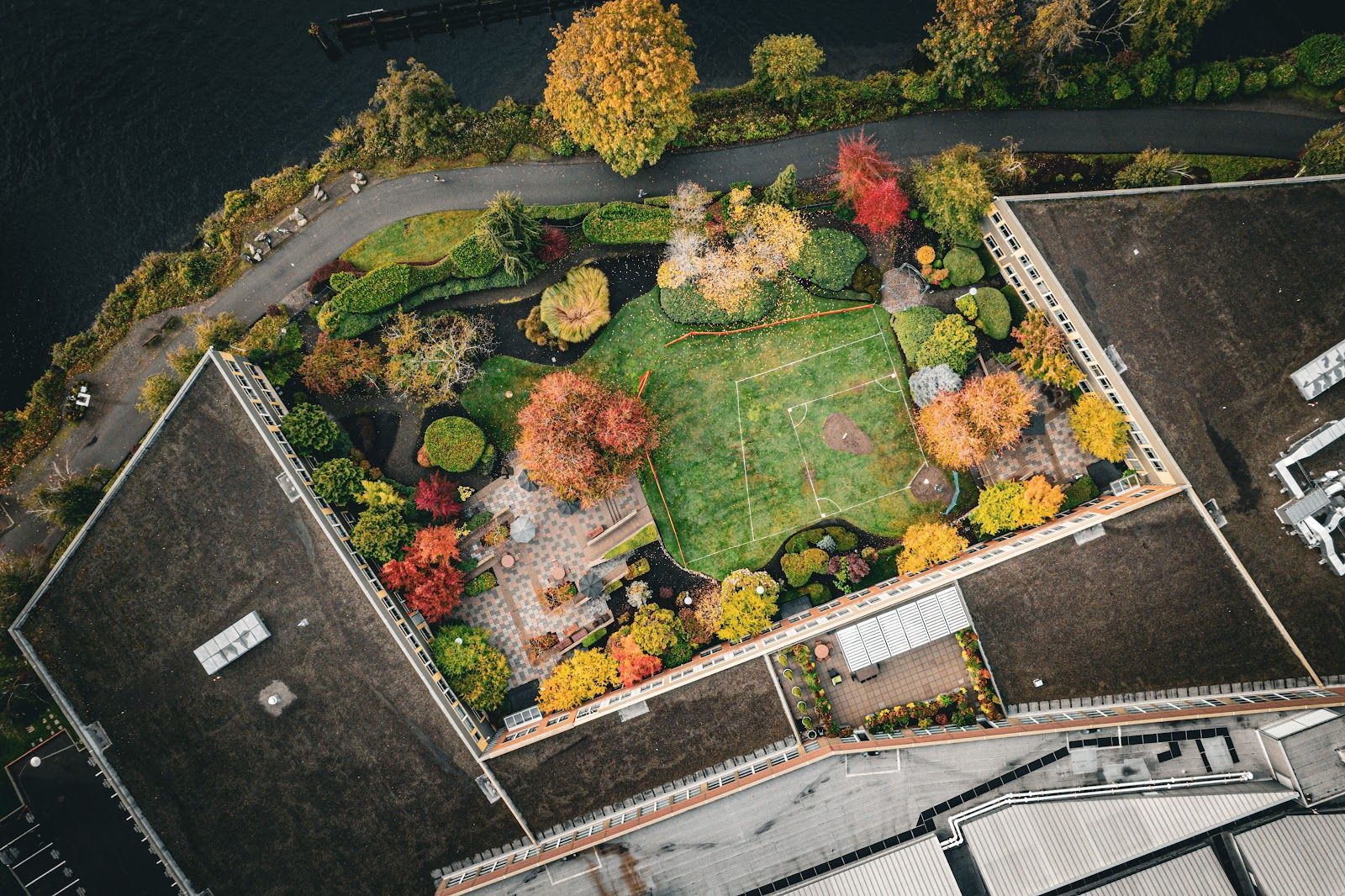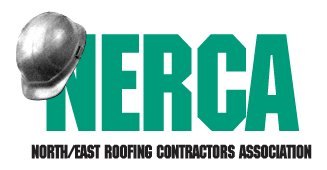The Most Common Types of Commercial Roof Weather Damage and How Pros Can Fix Them
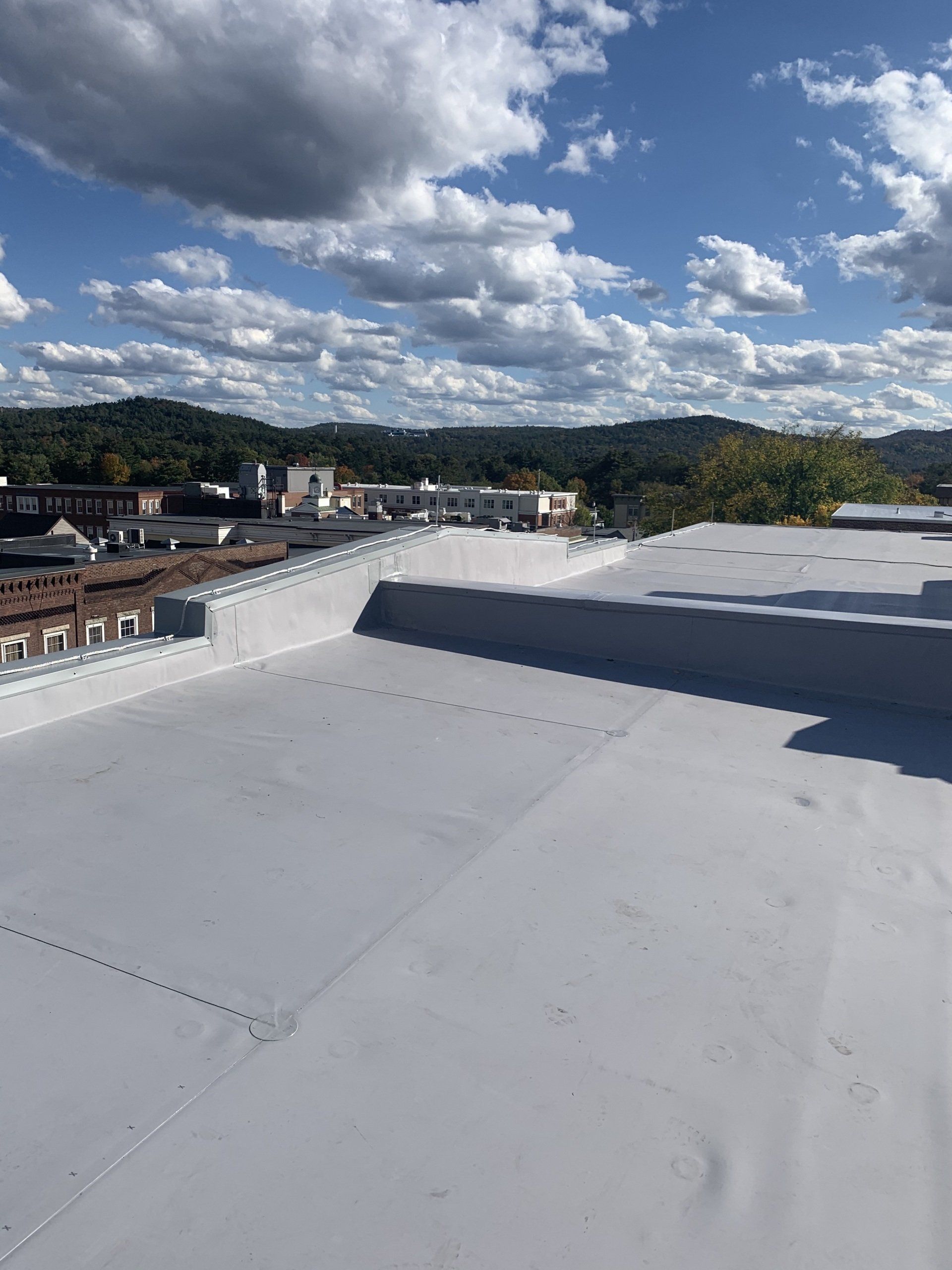
Weathering the Storm
A Guide to Recognizing and Repairing Commercial Roof Damage
Your commercial roof is the first line of defense against the unpredictable forces of nature. From scorching summer heat to freezing winter temperatures, and everything in between, your roof faces a constant barrage of weather-related challenges. Over time, this exposure can lead to various types of damage, jeopardizing the integrity of your commercial property. In this blog, we'll explore the most common types of weather-related damage commercial roofs endure and how professionals can effectively address and repair them.
Storm Damage
One of the most prevalent threats to commercial roofs comes from severe storms. High winds, hail, and heavy rainfall can cause immediate and noticeable damage. Shingles may be torn off, flashing could be displaced, and water infiltration becomes a significant risk. Professional roofing contractors are equipped to assess the extent of the damage and implement targeted repairs. This may involve replacing damaged shingles, resealing flashing, and addressing any structural issues to ensure long-term resilience.
UV Radiation & Heat Damage
Prolonged exposure to the sun's UV rays and intense heat can cause gradual deterioration of roofing materials. This often results in the breakdown of protective layers, leading to leaks and reduced insulation efficiency. Professionals can install reflective roofing materials, coatings, or even design ventilation systems to mitigate the impact of UV radiation and heat. These proactive measures not only address current damage but also work towards preventing future issues.
Freeze-Thaw Cycles
In regions with cold climates, freeze-thaw cycles pose a unique threat to commercial roofs. The expansion and contraction of water as it freezes and thaws can cause cracks, splits, and other forms of damage. Roofing professionals employ materials and techniques specifically designed to withstand these temperature fluctuations. Additionally, routine inspections can identify early signs of damage, allowing for prompt repairs before they escalate.
Heavy Snow Loads
Accumulated snow on a commercial roof can exert significant pressure, potentially leading to structural damage or even collapse. Roofing experts can assess the load-bearing capacity of your structure and implement preventative measures such as snow guards or regular snow removal to alleviate the strain. This proactive approach ensures that your roof can withstand the winter without compromising its integrity.
Water Ponding
Flat or low-slope commercial roofs are prone to water ponding, especially after heavy rainfall. This standing water can lead to deterioration of roofing materials, corrosion, and even compromise the structural integrity of the roof. Roofing professionals employ tapered insulation systems and regular maintenance to ensure proper drainage, preventing water ponding and its associated damage.
Protecting your commercial property from weather-related roof damage requires a proactive approach and the expertise of roofing professionals. Whether it's storm damage, UV radiation, freeze-thaw cycles, heavy snow loads, or water ponding, addressing these issues promptly is crucial to maintaining the longevity and functionality of your commercial roof. Regular inspections, appropriate materials, and targeted repairs are the keys to weathering the elements and ensuring your commercial property remains a safe and secure environment for years to come.


